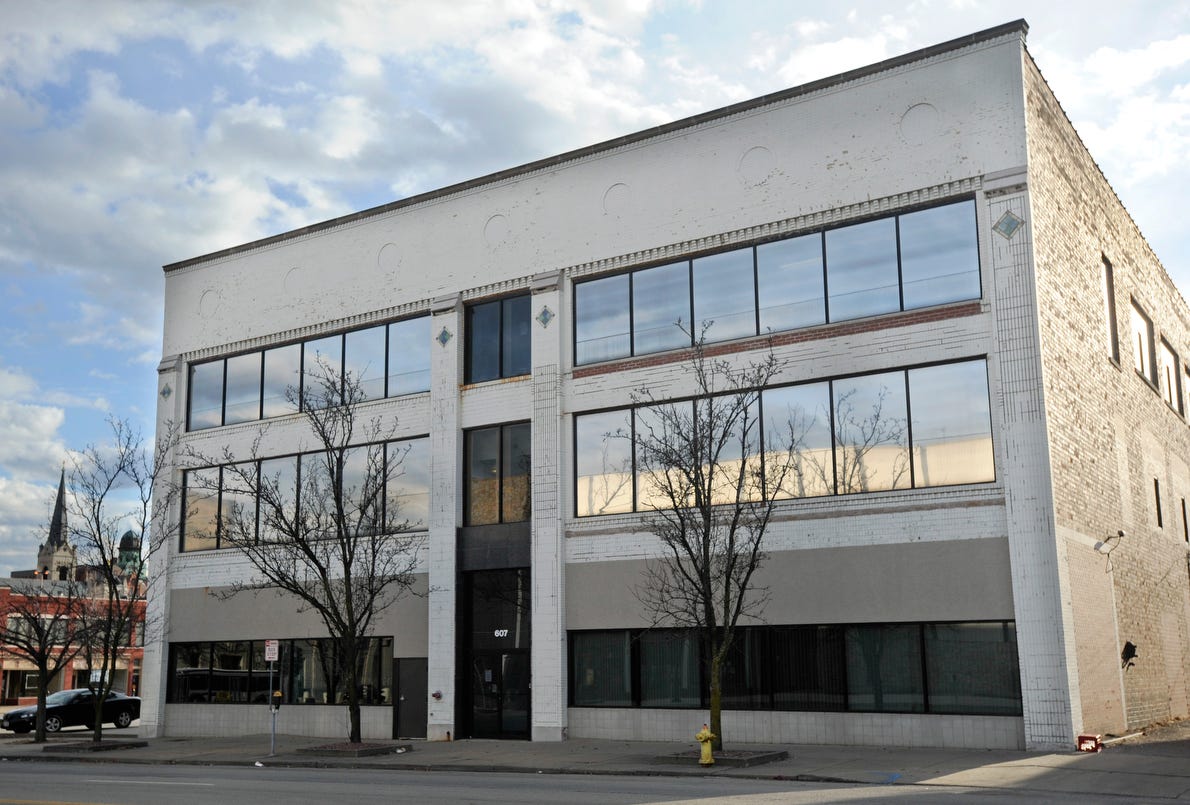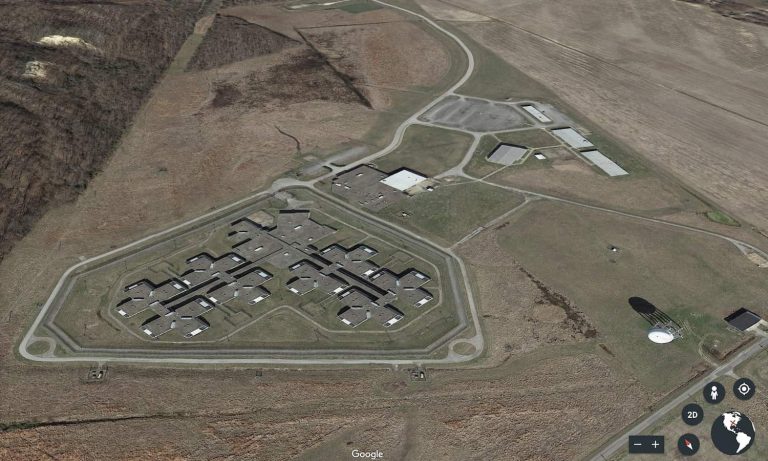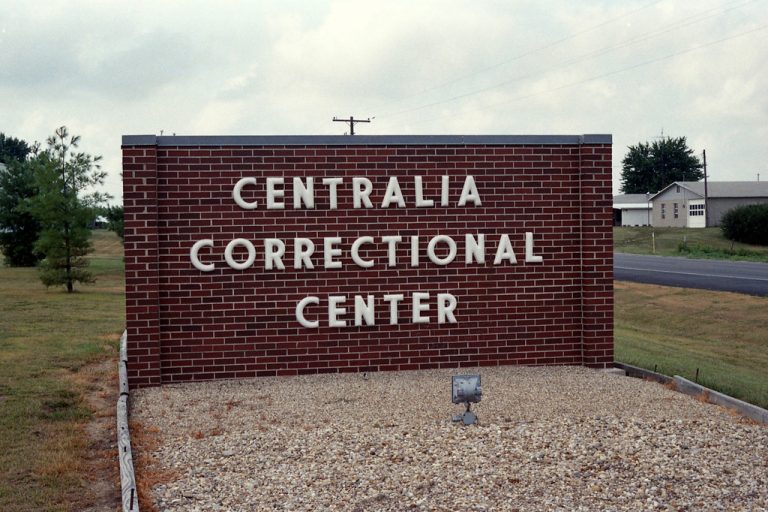Southern Illinois Adult Transition Center
Have you ever wondered how individuals transitioning from correctional facilities back into society can successfully reintegrate? The Southern Illinois Adult Transition Center (SIATC) is a cutting-edge facility designed to provide comprehensive programs and support for individuals in this transition phase. This article will delve into the various aspects of the SIATC, including its purpose, programs, success stories, and more. Discover how this center aims to empower and rehabilitate individuals, ensuring a successful transition and reducing recidivism rates.
1. Introduction
In recent years, there has been an increasing recognition of the importance of effective reintegration programs for individuals leaving correctional facilities. The Southern Illinois Adult Transition Center, located in [City Name], is at the forefront of providing a holistic and supportive environment for those in need. Its mission is to equip individuals with the necessary tools, skills, and support systems to thrive and become productive members of society.
2. Purpose and Objectives of the Southern Illinois Adult Transition Center
The primary purpose of the Southern Illinois Adult Transition Center is to facilitate the successful transition of individuals from the correctional system to society. This is achieved through a multifaceted approach that focuses on rehabilitation, education, vocational training, healthcare, mental health, and community engagement. The center aims to instill a sense of responsibility, self-worth, and purpose in its residents, fostering a positive and productive mindset.
3. Programs and Services Offered
At the heart of the SIATC are its comprehensive programs and services. The center recognizes that successful reintegration requires addressing various aspects of an individual’s life. As such, it offers a range of programs tailored to meet the unique needs and circumstances of each resident. These programs include:
3.1 Educational and Vocational Training
Education and vocational training play a crucial role in empowering individuals for their reentry into society. The SIATC provides a diverse range of educational programs, including adult basic education, high school equivalency preparation, and vocational training courses. Through partnerships with local educational institutions and industry professionals, residents have the opportunity to acquire valuable skills and certifications, increasing their employability upon release.
3.2 Rehabilitation and Reintegration
To support individuals in their rehabilitation journey, the SIATC offers various counseling and therapy programs. These programs address issues such as anger management, conflict resolution, cognitive restructuring, and life skills development. Additionally, the center facilitates connections with community resources, such as job placement agencies and housing assistance programs, to ensure a smooth transition and reduce the risk of relapse.
3.3 Mental Health and Substance Abuse Treatment
Recognizing the significance of mental health and substance abuse issues, the SIATC provides comprehensive treatment services. Licensed professionals offer counseling, therapy, and support for individuals struggling with mental health conditions or substance use disorders. By addressing these underlying challenges, the center promotes overall well-being and equips residents with coping mechanisms for a healthier future.
3.4 Healthcare and Wellness
Ensuring the physical well-being of residents is a top priority at the SIATC. On-site medical professionals provide routine healthcare services and coordinate specialized care when necessary. Additionally, the center promotes wellness through fitness programs, nutrition education, and access to recreational facilities. By prioritizing health and wellness, individuals can cultivate a balanced and fulfilling lifestyle.
4. Community Engagement
Reintegration is not just about individual transformation; it is also about fostering community connections and support systems. The SIATC actively encourages residents to engage with the local community through volunteer work, mentorship programs, and collaborative projects. These opportunities allow individuals to give back, develop valuable social skills, and build positive relationships with community members. By creating a sense of belonging and interconnectedness, the center promotes sustainable reintegration.
5. Success Stories
The Southern Illinois Adult Transition Center takes great pride in the success stories of its residents. Individuals who have gone through the center’s programs and services have achieved remarkable milestones in their personal and professional lives. From securing stable employment to mending relationships with loved ones, these success stories serve as inspiration and motivation for others on their reintegration journey.
6. Collaborations and Partnerships
The SIATC understands the importance of collaboration and partnerships in achieving its objectives. The center works closely with various stakeholders, including correctional facilities, community organizations, educational institutions, employers, and local government agencies. These collaborations facilitate seamless transitions, enhance program effectiveness, and expand opportunities for individuals to thrive post-release.
7. Staff and Facilities
The Southern Illinois Adult Transition Center boasts a dedicated and skilled team of professionals who are committed to the well-being and success of its residents. The staff includes counselors, educators, healthcare providers, vocational trainers, and support personnel. The center also offers state-of-the-art facilities that provide a safe, secure, and conducive environment for personal growth and development.
8. Cost and Funding
The SIATC operates through a combination of public and private funding sources. This includes state funding, grants, philanthropic contributions, and partnerships with organizations dedicated to criminal justice reform. The center strives to make its programs and services accessible to individuals from diverse backgrounds, ensuring that financial constraints do not hinder their path to a successful transition.
10. Conclusion
The Southern Illinois Adult Transition Center is a beacon of hope for individuals seeking a fresh start after incarceration. Through its comprehensive programs, dedicated staff, and collaborative approach, the center offers a path to successful reintegration. By addressing educational, vocational, healthcare, mental health, and community engagement needs, the SIATC empowers individuals to overcome challenges and create a brighter future. Let the Southern Illinois Adult Transition Center be the bridge to a new beginning.
9. Frequently Asked Questions
Q1: Can anyone apply to the Southern Illinois Adult Transition Center, or is it only for specific individuals?
A: The SIATC primarily serves individuals who are transitioning from correctional facilities within the Southern Illinois region. However, eligibility criteria may vary, and it is best to contact the center directly for specific requirements.
Q2: What is the average duration of a resident’s stay at the SIATC?
A: The length of stay can vary depending on individual circumstances and progress. The center works with residents to create personalized plans that address their unique needs and goals.
Q3: Are family visits allowed at the center?
A: Yes, family visits are encouraged as they play a vital role in supporting individuals during their transition. The SIATC has specific guidelines and visitation schedules to ensure a safe and conducive environment for everyone involved.
Q4: Does the SIATC offer job placement assistance?
A: Yes, the center provides job placement assistance, including resume building, interview preparation, and connections with local employers. The aim is to help residents secure stable employment upon completion of the program.
Q5: How successful are the SIATC’s programs in reducing recidivism rates?
A: The SIATC has seen significant success in reducing recidivism rates among its program participants. By addressing the underlying factors that contribute to criminal behavior and equipping individuals with essential life skills, the center empowers them to lead law-abiding and fulfilling lives.








